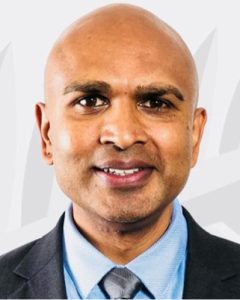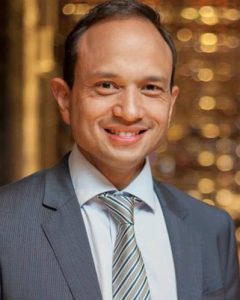The AMAR Foundation: Remedies to Religious Persecution, Lessons in Peacebuilding

Andrew Methven is The AMAR International Charitable Foundation’s Chief of Staff, based in its London office. The following is an edited summary of his remarks given 3 October 2022 at the ICLRS 29th Annual International Law and Religion Symposium, which focused on “Religion’s Roles in Peacebuilding.”
The Work of the AMAR Foundation
The AMAR International Charitable Foundation was founded by our chairman, Baroness Emma Nicholson of Winterbourne, in 1991 to aid the Marsh Arabs, who had been driven by Saddam Hussein to refugee camps in Lebanon and Iran. AMAR’s model was to provide practical help in the form of health care, through Primary Health Care Clinics (PHCCs), and education, through schools. It relied on using Iraqis’ own human capital—doctors and teachers—and raising funds at the market rate for them to run their own clinics and schools in the refugee camps. After the fall of Saddam Hussein, AMAR went on to establish 83 schools and 75 clinics in Baghdad and the Basra Marshes, now mostly handed over to local authorities in a sustainable way. Over the years, AMAR has delivered more than 10.5 million consultations. AMAR has also worked in other countries, including Romania/Ukraine, Somaliland, Afghanistan, Kashmir, and Lebanon.


